Over the past five years, the prices of high-end DACs have taken a tumble and did anyone notice a drop-off in quality? We think that’s a fair question to ask. The Head-Fi revolution most certainly played a part in that with headphone listeners who are focused on desktop and portable solutions demanding affordability and compatibility with hi-res codecs. Chip prices from the major manufacturers have also taken a tumble.
The reality is that DACs are now an integral part of almost every product category that we can think of including wireless speakers, Dongle DACs, DAPs, headphones, network streamers and amplifiers and AVRs.
Do audiophiles still buy into the concept of the ultra expensive standalone DAC? Bluebird Music is hoping that a great number of high-end customers actually do and have introduced two vacuum tube DACs from Jadis of France, the JS5 and JS2 SL.
The French manufacturer has had long-term success (more than 4 decades) with its vacuum tube amps and pre-amplifiers, but they also make standalone DACs. The Jadis JS5 and JS2 SL DACs incorporate triode vacuum tubes for the signal path, in combination with separate DAC chips for each channel and multi-stage power supplies. The JS5 is the flagship of the two models, but much of its technology is also found in the lower-priced JS2 SL.
The JS5 DAC features a two-chassis design, with processing in one chassis and a power supply in the other. On the other hand, the JS2 SL is a single-chassis unit with both processing and power supply housed together but internally separated to optimize performance.
Both models feature the Jadis chrome-plated stainless steel chassis, gold-plated knobs and faceplate, and black crackle-finished transformer covers. But when it comes to DACs — what matters is the implementation of the chip design and the quality of the output stage — why else would anyone spend this level of money on a DAC?
As a result, on the inside, premium-quality components and point-to-point wiring are used. Jadis claims that the wiring was selected following extensive listening tests. Point-to-point construction eliminates current flow limitations and interference from crosstalk that is often the result of poor circuit design.
JS5

The JS5 utilizes four dual triode vacuum tubes in the signal path, and two pentodes are included to regulate the outboard power supply. The JS5s transformers are wound in-house at Jadis, as they have been since the company’s founding in 1983. Jadis claims that transformers can be made with precise values for each application—not the approximations of off-the-shelf units. The power supply utilizes separate custom-wound transformers for the digital and analog stages to help eliminate noise and provide maximum headroom. Digital Audio processing is performed by an 8-channel Sabre ES9038PRO 32 bit DAC with Hyperstream technology. There are four digital inputs and both balanced and single-ended outputs.
Pro Tip: Triode vs Pentode Vacuum Tubes
JS2 SL
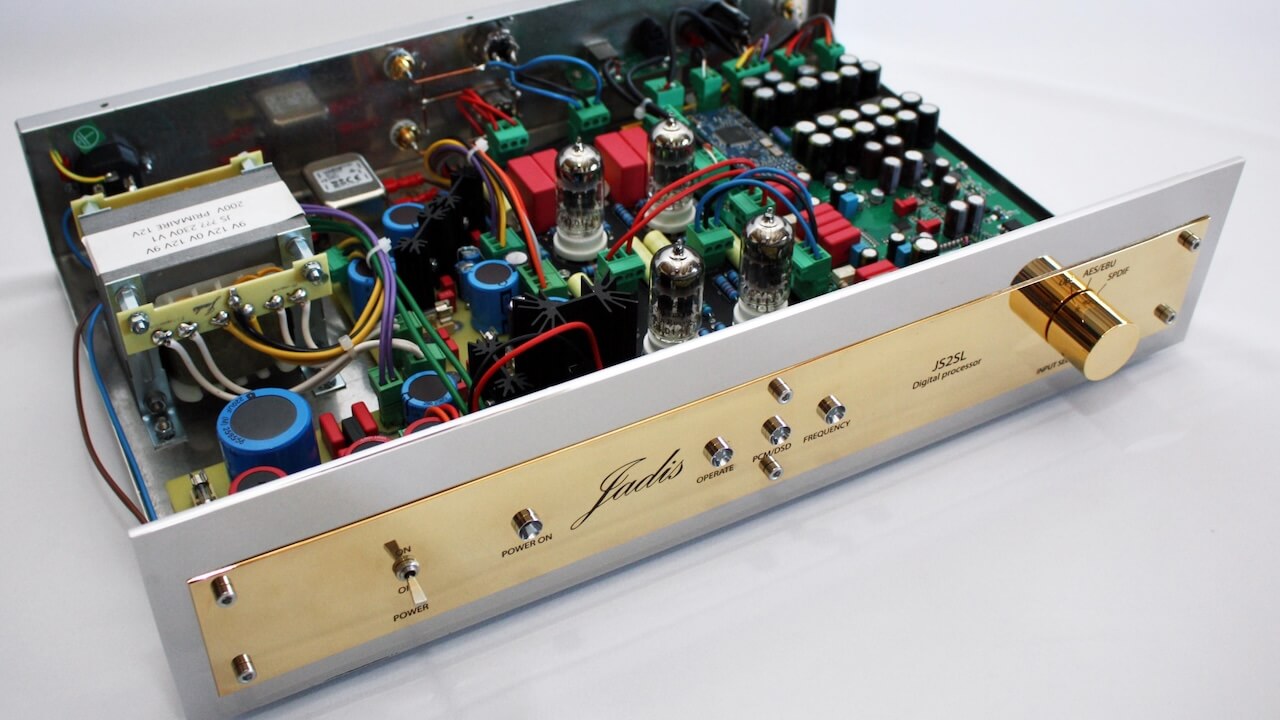
The JS2 SL is a stripped-down version of the JS5 but retains much of its more expensive siblings layout and construction. The power supply and transformer are internal with this model. The tube complement consists of four dual triodes, and ES9038PRO DAC chips are also included. There are four digital inputs and both balanced and single-ended outputs.
Comparison
| Jadis Model | JS2 SL | JS5 |
| Product Type | DAC (Digital to Analog Converter) | DAC (Digital to Analog Converter) |
| Price | $13,900 ($17,900 CAD) | $18,300 ($23,900 CAD) |
| Tubes: | 4 x ECC82 | 2 x ECC82, 2 x ECC88, 1 x EL84, 1 x EF86 |
| DAC Chip | ESS Sabre ES9038PRO | ESS Sabre ES9038PRO |
| Inputs | SPDIF on RCA-PCM 24 bit/192 KHz AES/EBU on XLR – PCM 24-bit/192KHz SPIDF on Toslink – PCM 24-bit/192KHz USB type B – PCM: 24-bit/ 192KHZ – DSD : 24 bit/384 KHz | SPDIF on RCA-PCM 24 bit/192 KHz AES/EBU on XLR – PCM 24-bit/192KHz SPIDF on Toslink – PCM 24-bit/192KHz USB type B – PCM: 24-bit 192KHZ – DSD: 24 bit/384 KHz |
| Output | Single-ended RCA / Balanced on XLR | Single-ended RCA / Balanced on XLR |
| Power Consumption | 22 VA | Not Provided |
| Dimensions | 29 x 46 x 10.5 cm 11.4 x 18.1 x 4.13 inches | 45.5 x 32.5 x 12.5 cm 17.91 x 12.8 x 4.92 inches |
| Weight | 13 kg / 28 lbs 11 oz | 19 kg / 41 lbs 14 oz |

From Jay Rein, President of Bluebird Music: “Both Jadis DACs provide plenty of resolution, but have a sweet musical sound like no other DACs…The sense of space and ambience is incredible, and the tonality of the instruments is natural and real. The JS2 SL provides much of the performance of the JS5 in a more compact form. Both DACs should be heard by music lovers who want the rich, vivid sound of live musical performances in their homes. I think they’ll be astonished by what they hear.”
The Bottom Line
Prices of dedicated standalone DACs have dropped considerably over the years, such as the $299 iFi ZEN Blue3 and $229 ZENDAC 3, but even so, there still are still some high-priced DACs including the $95,000 MSB Cascade, $3,098 Holo Audio Spring3 KTE, and the Fezz Audio Equinox ($2,995) and Equinox Prestige ($3,995) and our listening experience with all of them was very positive.
But none of that changes the fact that the affordability and popularity of Dongle DACs has shifted the pendulum in the opposite direction for most music listeners; do you really need to spend $14,000 to $18,000 on a DAC in 2025? Some of the best network amplifiers and streamers utilise similar chipsets and can be had for less than $2,500 which makes this type of expenditure feel like overkill.
Price & Availability
US retail price of the Jadis JS5 is $18,300, and the JS2 SL is $13,900. ($23,900 and $17,900 Canadian, respectively.) Both are currently shipping to dealers that carry Bluebird Music Distruted Products.
Related Reading




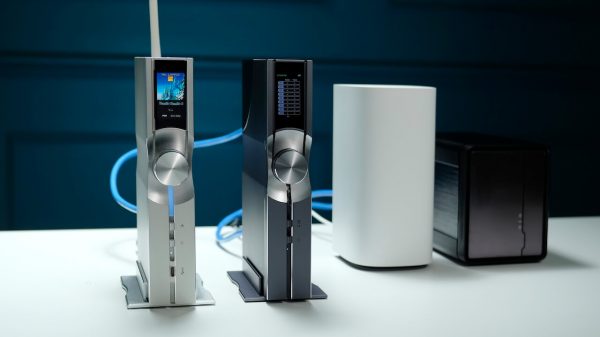

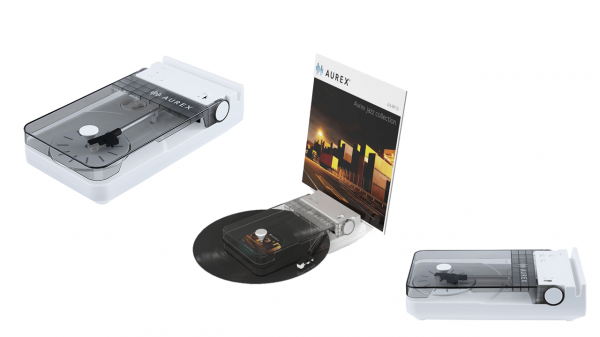
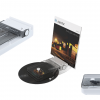
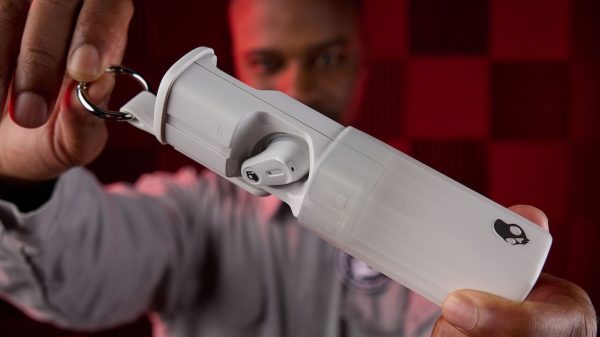
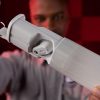





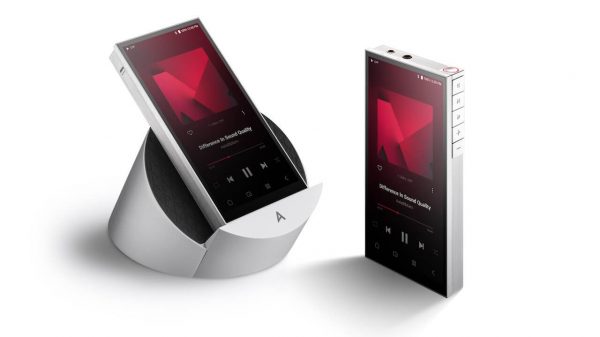
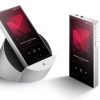


















Anton
March 27, 2025 at 5:22 pm
Some irony in that title.
It was nonsensical to spend $18K in the 1990s on a DAC — Stereophile and TAS pushed that nonsense, and it’s even more ridiculous today.
There are DACs under $1,000 that probably trounce this gauche looking set of boxes.
Anyone heard of Topping, HoloAudio, Schiit, FiiO, or Questyle?
Catherine Lugg
March 28, 2025 at 12:32 pm
Even the humble WiiM streamer/Dacs.
Ian White
March 28, 2025 at 2:01 pm
Catherine,
Especially the WiiM. But he makes a good point. DAC prices were insanely stupid back then and spending more than $2,500 on one today is also stupid. You’re paying for an extra 1-2% of resolution and detail above that. The only exception for me would be the HoloAudio Spring3 DAC KTE which is $2,900 all tricked out. It’s better than 95% of what I’ve heard and that includes models in the five figures.
The quality of DACs inside network streamers and even some active loudspeakers has improved so much that it’s making all of these external models look and feel stupid.
IW